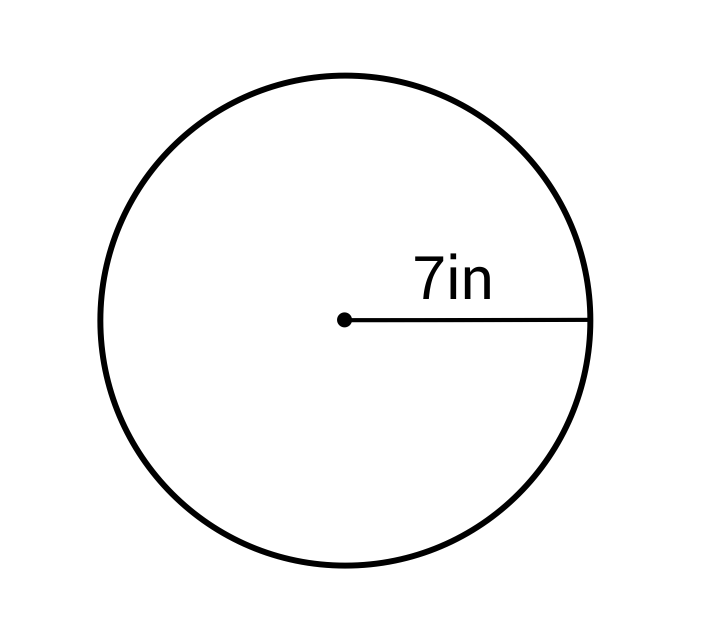

All natural numbers N have their corresponding root operations, which we call the Nth root. The same semantical problem persists with the reverse terms square root and cube root. They are just abbreviations for multiplication operations and have nothing to do with geometrical shapes and exist independently from geometry and area/volume calculations. Wait a minute! Exponents b 2 and b 3 are mathematical operations from the Algebra Department. Similarly, the expression b 3 = b ⋅ b ⋅ b is called "the cube of b" or " b cubed", because the volume of a cube with side-length b is b 3. “The expression b 2 = b ⋅ b is called "the square of b" or " b squared", because the area of a square with side-length b is b 2. Here is how Wikipedia explains this exponentiation phenomenon: However, besides 2 and 3, we treat all other exponents N p equally by saying "N to the power of p". Have you ever noticed that we call a number to the power of 2 as the number squared? Similarly, we call a number to the power of 3 as the number cubed.

Let’s start with some questionable and overreaching semantics in algebra. (Definition: A misnomer is a wrong or inaccurate use of a name or term.) Wanna know how? Just sit down, relax, open your mind and fasten your seat belt. In this post, I dare to debunk the notion of π being an inherent component of the omnipresent circle area and sphere volumes formulas:īelieve it or not, we can significantly simplify these formulas by getting rid of π altogether. While it is impossible to overstate the significance of π in its fundamental and legendary role of being a constant representing the circumference/diameter ratio, its usage for area and volume measurements is not as much of a “settled science” as you may think. Therefore, we can derive a circle's circumference C from its diameter d using the following famous formula: This date in the format MM/DD is 3/14 which corresponds to the first three digits of the π value 3.14.Īs you all know, π represents the ratio of a circle's circumference to its diameter.



 0 kommentar(er)
0 kommentar(er)
